|
Area |
Avg PSF (2015) |
Avg PSF (2025) |
% Change |
Major Catalyst |
|---|---|---|---|---|
|
Jurong Lake District |
$1,450 |
$2,200 |
+52% |
JRL, Science Center, business hub |
|
Woodlands |
$950 |
$1,550 |
+63% |
RTS Link, NSC, Health Campus |
|
Tengah |
- |
$950 (new) |
- |
Forest Town, smart grid living |
|
Punggol |
$1,150 |
$1,950 |
+70% |
Digital District, SIT Campus |
Singapore 2030: Where Singapore Is Expanding Next
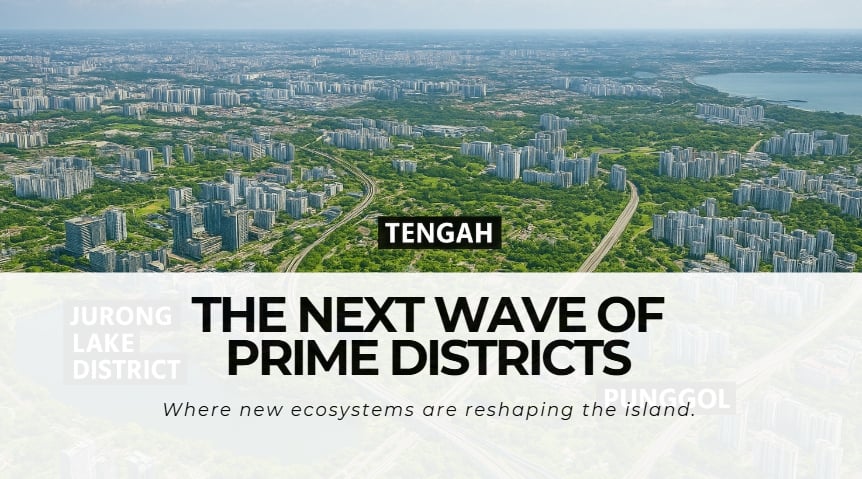
Every city evolves — but few do it as deliberately as Singapore.
And in this final part of our 3-part series, we look at something truly exciting — the brand-new districts being built from the ground up.
Over the past two weeks, we’ve explored how old towns are being rejuvenated and how new connections are reshaping travel across the island.
But this week, we’re going one step further — into Singapore’s next frontier.
From Jurong Lake District’s rise as a second CBD, to Woodlands’ transformation into a cross-border economic hub, and Tengah’s vision as a smart forest town — these are the places where the next wave of opportunity is forming.
I’ve said it before, and I’ll say it again:
When the URA starts calling a place a “regional centre,” it’s not just a name. It’s a signal that roads, jobs, homes, and demand are about to follow.
Before these areas make tomorrow’s headlines, take a look at what’s already happening.
1. Jurong Lake District — Singapore’s Second CBD in the West
Once a cluster of malls and warehouses, Jurong Lake District (JLD) is now transforming into Singapore’s largest mixed-use business hub outside the CBD — spanning 360 hectares of offices, homes, hotels, and waterfront parks.
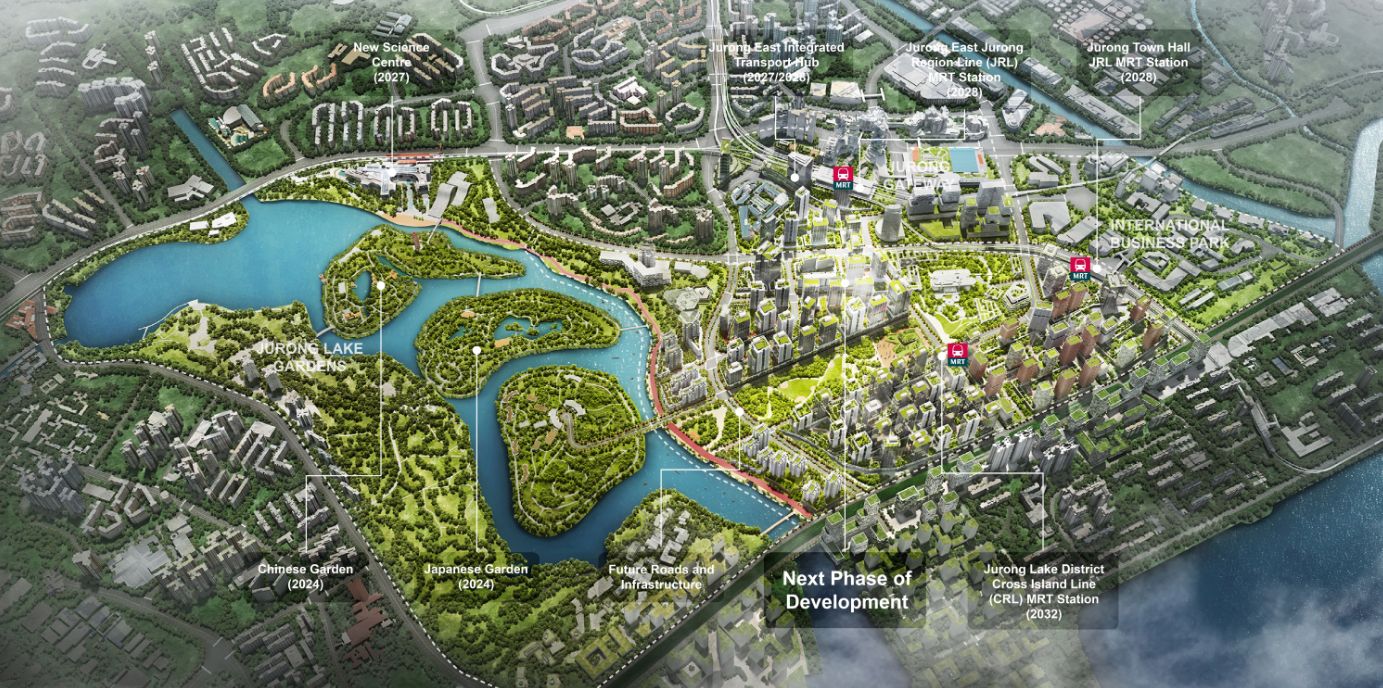
Source: URA
The URA envisions a “24-hour live–work–play district”, supported by the upcoming Jurong Region Line (JRL) and Cross Island Line (CRL) that will make it one of the most connected parts of the island.
- The first JLD white site was awarded in 2024, attracting global investors — proof of strong institutional confidence.
- The new Science Centre (2027) will anchor the district’s education and innovation ecosystem.
For homeowners and investors, nearby projects like LakeGarden Residences and Sora by Hong Leong reflect growing demand.
Prices have climbed from $1,450 psf in 2019 to $2,200 psf in 2025 — still below city fringe levels, suggesting further upside.
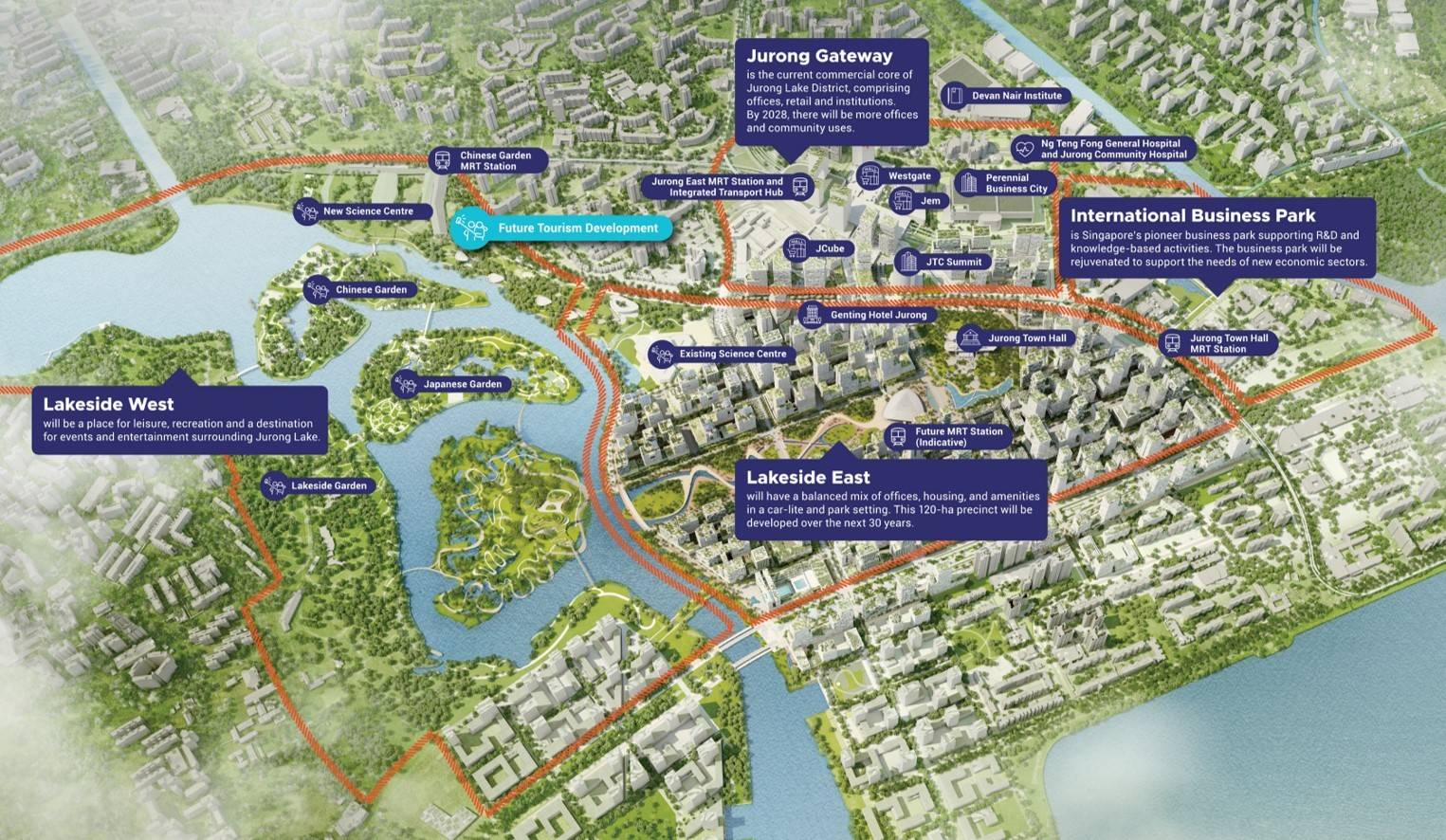
2. Woodlands Regional Centre — The North’s Economic Gateway
For years, Woodlands was seen as “too far.” But not for long.
By 2027, the Johor Bahru–Singapore RTS Link will open, creating seamless cross-border connectivity. By 2029, the North–South Corridor (NSC) will link Woodlands directly to the city.
This sets the stage for the Woodlands Regional Centre to emerge as a key economic gateway — home to logistics, biomedical, and green-tech industries.
Transformation is already visible:
- Woodlands Health Campus opened its first phase in 2024.
- Woods Square offices are nearing full occupancy.
- Marsiling Grove introduces new-generation smart HDB flats.
With over 700,000 residents nearby, Woodlands is evolving from suburb to strategic hub — and remains one of Singapore’s most undervalued “future city” zones.
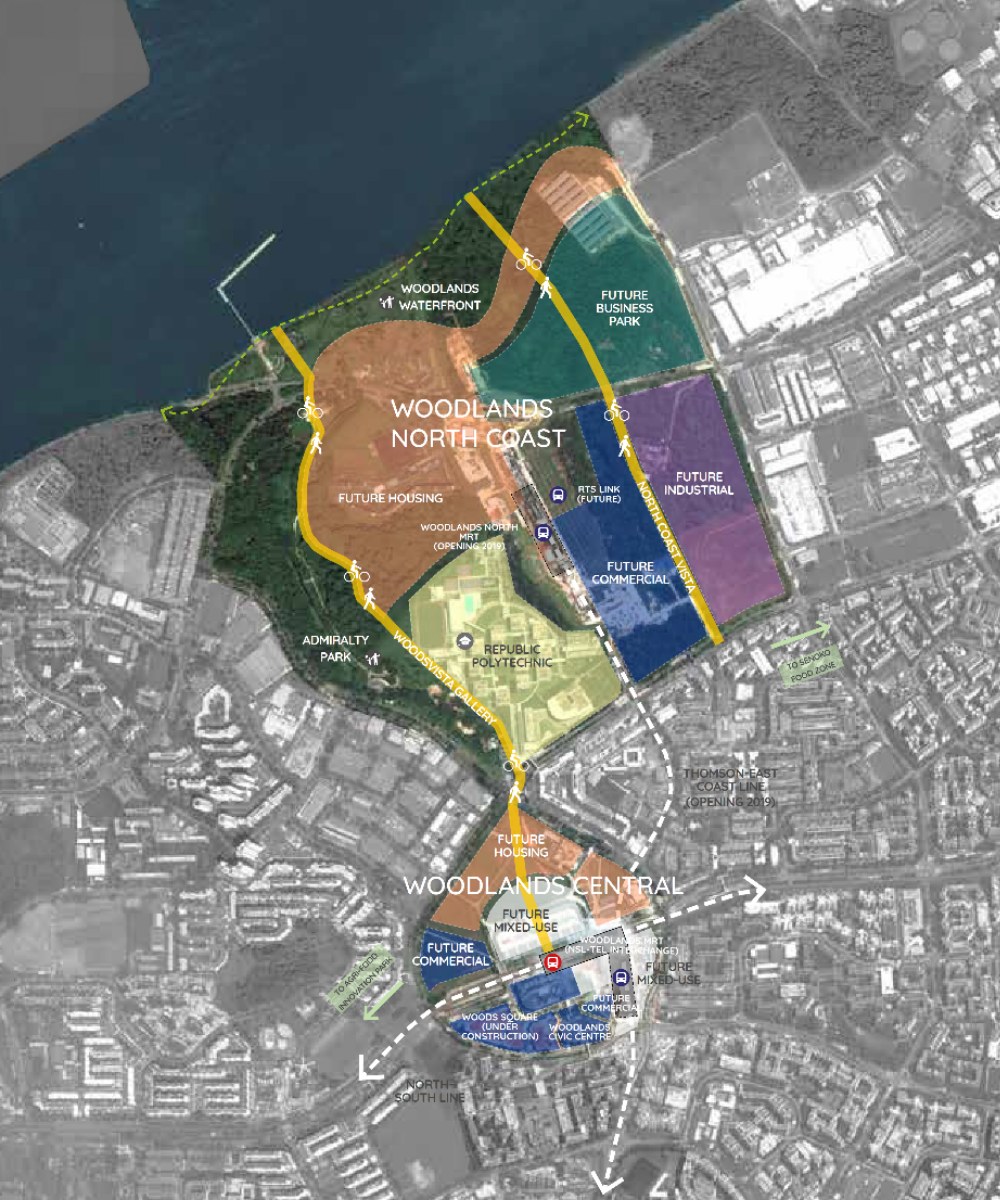
Source: URA
3. Tengah — Singapore’s First “Forest Town”
Tengah represents one of Singapore’s boldest urban experiments — a smart, sustainable eco-town designed for the next generation.
Built over 700 hectares of reclaimed land from the former Tengah Air Base, it features five districts — Park, Garden, Forest Hill, Plantation, and Brickland — each blending technology, greenery, and community living.
- The town uses district cooling, solar energy, and AI-enabled energy grids.
- Over 21,000 BTO units are launched, with the first residents already moving in.
- The Jurong Region Line (2027) will link Tengah to Jurong Lake District in minutes.
It’s not just about green housing — it’s about redefining urban life itself. Tengah is Singapore’s blueprint for sustainable living, and one of the most exciting growth stories for the decade ahead.
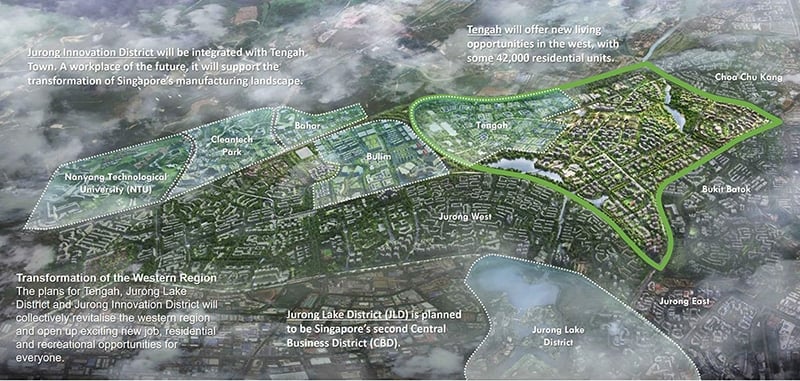
4. Punggol Digital District — Singapore’s Smart Frontier
Once a quiet waterfront town, Punggol has evolved into Singapore’s first truly integrated digital district, merging education, innovation, and community into one.
The Punggol Digital District (PDD) will host the Singapore Institute of Technology (SIT) campus and JTC’s next-generation business park, creating 28,000 jobs and attracting high-tech industries like cybersecurity, fintech, and digital media.
The upcoming Punggol Coast MRT (2026) will connect the district directly to the city.
Nearby, Piermont Grand EC and Tenet at Tampines North are seeing rising resale activity — a sign that buyers are confident in Punggol’s evolution from promise to powerhouse.
Punggol isn’t just Singapore’s “tech town.” It’s where the next generation of urban professionals will live, work, and innovate.
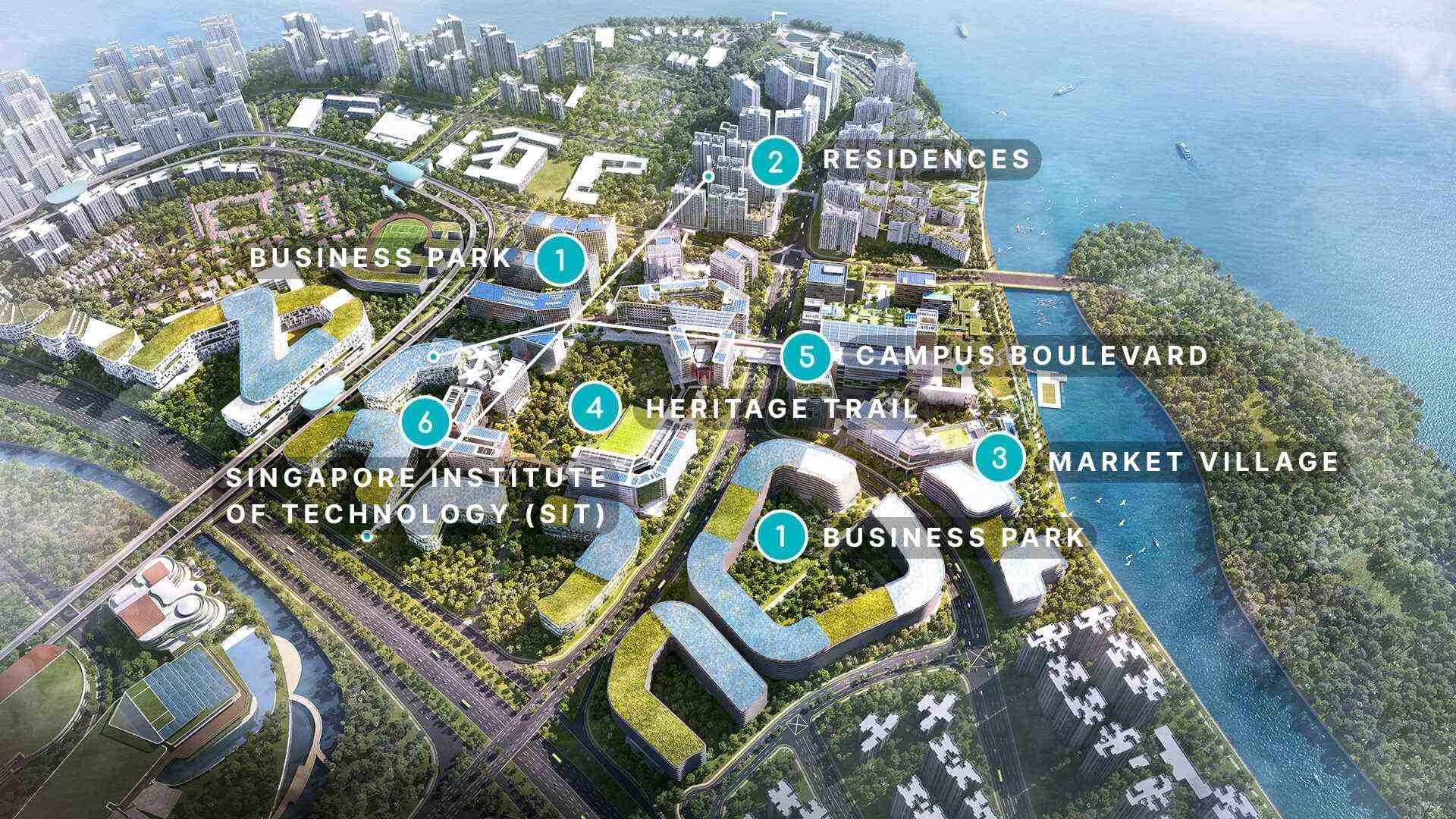
Source: singaporetech.edu.sg
The Growth Curve — Emerging Districts (2015–2025)
Source: URA Realis & HDB Launch Data, Q3 2025
The Bigger Picture: Decentralisation Is the New Prime
You’ve probably noticed a pattern by now.
Singapore’s growth story is no longer about one city centre.
It’s about multiple centres, each designed to balance jobs, homes, and lifestyle across the island.
From Jurong in the west to Punggol in the northeast, and Tengah in between, these zones are the anchors of the Concept Plan’s decentralisation strategy first set out in 2011 — now fully materialising by 2030.
For years, we used to say D9 and D10 were “prime.”
But look at where the fastest growth has come from in the last decade — OCR and RCR zones that matured into new lifestyle hubs.
Once OCR prices approach $3,000 psf — and we’re already seeing that in select East and North projects — the CCR will inevitably regain its momentum.
That’s how Singapore’s market cycles move: the outer rings rise first, then the centre responds.
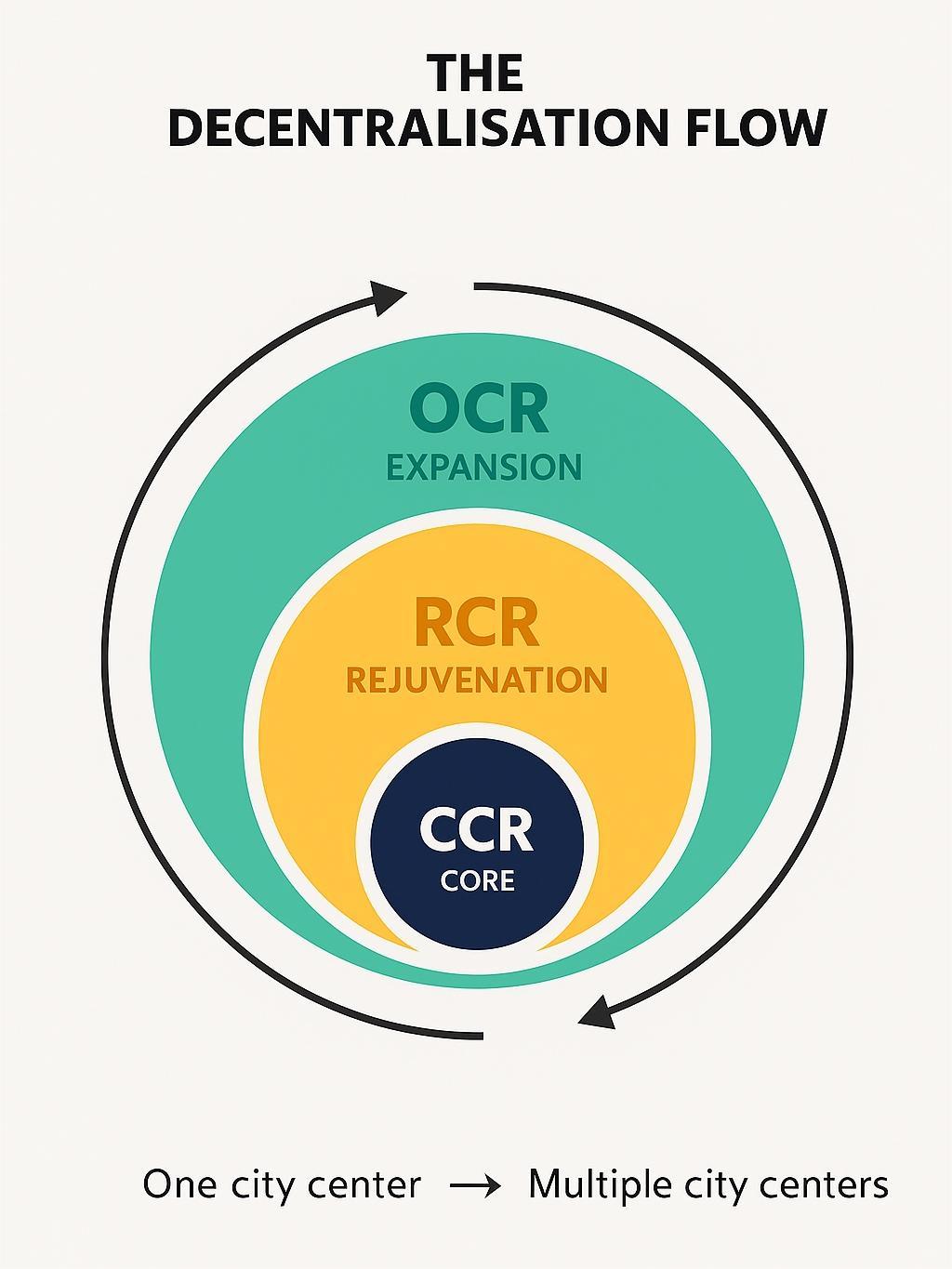
Let’s Plan Your 2030 Strategy Today
As a realtor who’s seen multiple property cycles, here’s what I tell clients today: Don’t just look for the “best” location, look for the next one.
Redevelopment creates prestige. Rejuvenation creates comfort.
But new development areas? They create possibilities for families, for businesses, and for long-term capital appreciation.
Whether you’re an upgrader planning your next move or an investor reading the signs, these emerging districts represent Singapore’s next decade of growth and the groundwork for the generation after that.
So the real question isn’t if these places will grow. It’s whether you’ll already be there when they do.
If you’re serious about positioning ahead of Singapore’s next urban wave, whether for capital appreciation, rental yield, or long-term diversification, let’s connect now!